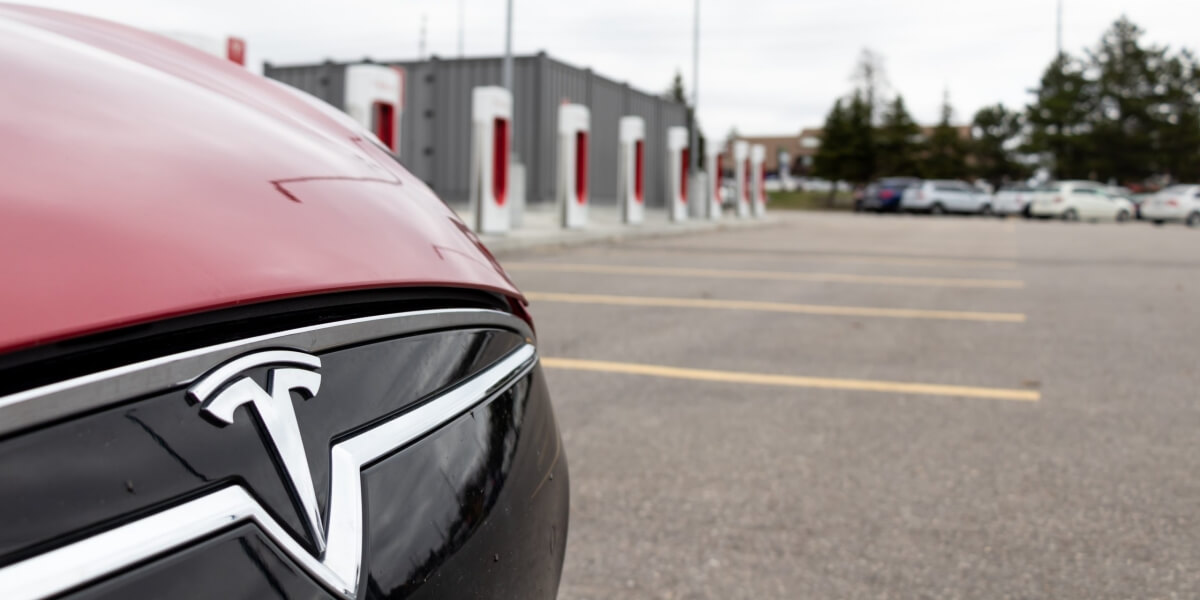
By now you probably know that Tesla offers various self-driving cars, but have you ever wondered what this car can do and how do they work? While many features you can find on Tesla cars, such as superb accelerations or many tech-gadgets are exciting, the ability to drive by itself is the most amazing one. Still, because of constant developments and software upgrades, there is still some confusion about what these cars can actually do. In this article, you will learn what kind of self-driving systems are available and what they can do.
Do Tesla cars drive themselves?
This is one of the biggest questions, and it depends on how you look at the concept of ‘self-driving’. You may imagine this as getting into the car, telling it where to go before going back to whatever else you’d want to do, such as reading a book or taking a nap. Although this would be nice and helpful, it is not possible yet, even with the most advanced autonomous vehicles. At this moment, Tesla is doing many real-world tests of its fully self-driving cars. This means that the technology is almost there but is not yet available to buyers. Also, the law still requires the driver to be alert and monitor the car at all times. Despite these limitations, the self-driving option is still a helpful feature as it can make your driving much easier. You will find this useful while cruising on motorways, as it works very well in such a controlled environment.
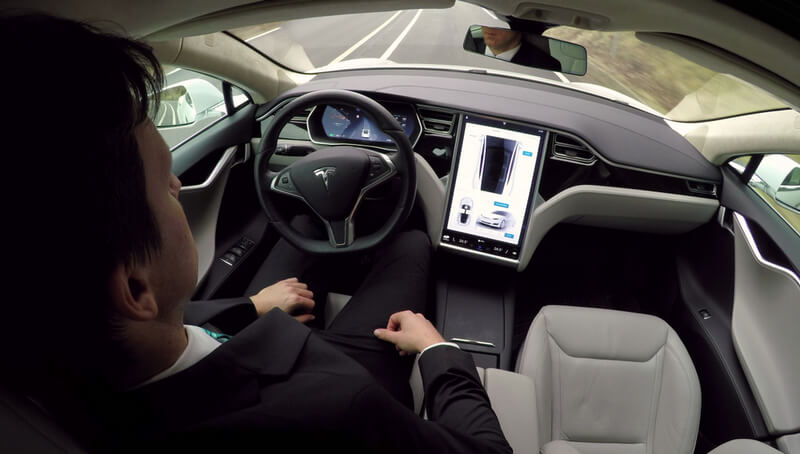
What is the Tesla self-driving car called?
All current Tesla models have some level of self-driving capabilities, depending on optional packages you select when buying it. For starters, they all come with Autopilot as a standard feature. Although, far from being autonomous, it is still a helpful option in many situations. This system will keep the car between the lines on the motorway and adjust the speed to the traffic conditions, slowing down if there are cars in front. You will especially appreciate this feature if you spend a lot of time in stop and go traffic. Also, it is great on the motorway when there are long stretches of road. In such situations, it will steer and maintain the speed for you. However, this is as far as Autopilot goes, as it will not overtake slower cars or make turns by itself. You can consider it to be an advanced cruise control system with the addition of automated steering.
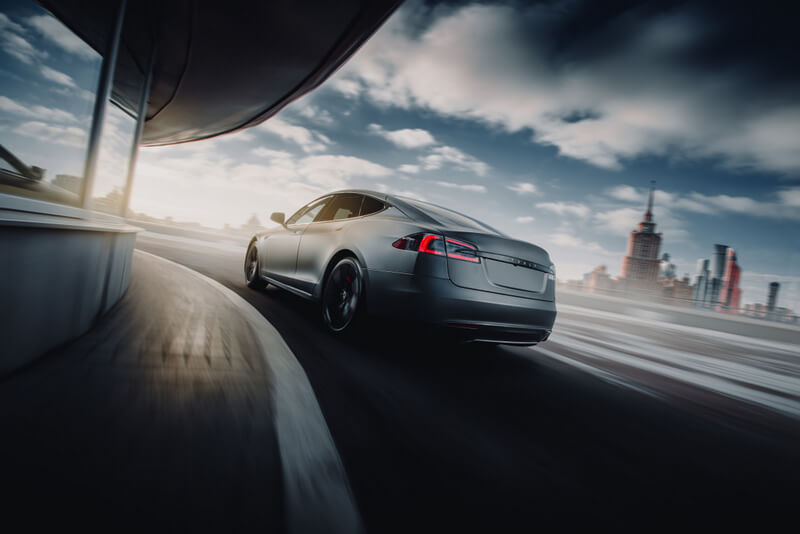
If looking for more enhanced capabilities, you can go for the 'Full Self-Driving' option at an extra cost, which will unlock several advanced features. The most important one is the ability to navigate while on Autopilot. This means you can set your destination and, once on the highway, the car will take over the driving. Not only will it control the steering and speed, but it will also overtake slower cars, switch lanes and make turns at junctions. Still, it will require some interaction from the driver every once in a while, such as applying light force to the steering wheel. This ensures you are still sitting in the driver’s seat and paying attention to the road.
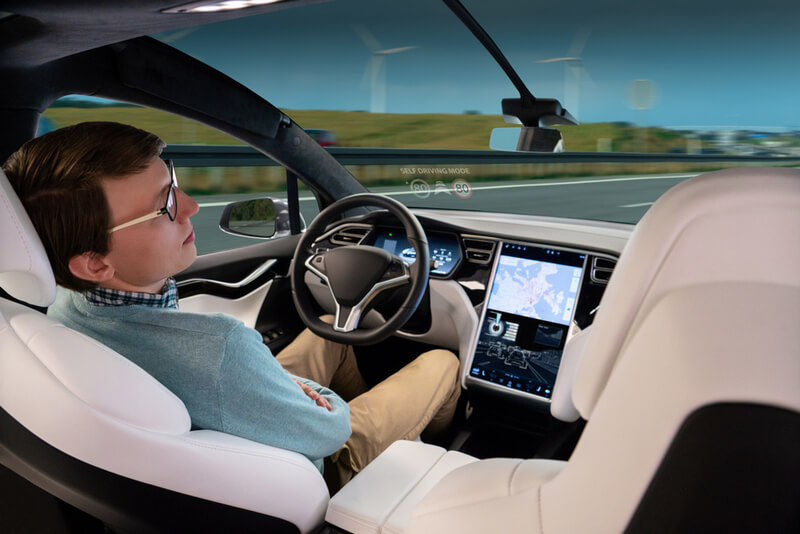
Other features include the AutoPark function, which can perform both parallel and perpendicular parking maneuvers, and the Summon function. You will find this helpful at parking lots or garages, where you can tell the car to come to pick you up by using the application on your smartphone. Also, Tesla says their cars will soon be able to drive by themselves on city streets, as they will recognize traffic lights and stop signs.
How does Tesla's self-driving car work?
Tesla self-driving cars use eight cameras, twelve ultrasonic sensors, and a forward-facing radar to find out what is going on around the car, so it knows how to drive in the environment that it is in. Three cameras are facing forward, with different fields of view used for lower or higher speeds. On the fenders of the car, two cameras are looking backward to provide side views and monitor blind spots. Also, there are two cameras, forward-facing at an angle, on the door pillars. To sum it all up, there is also a rear-facing camera in the tailgate that doubles as a parking assistant.
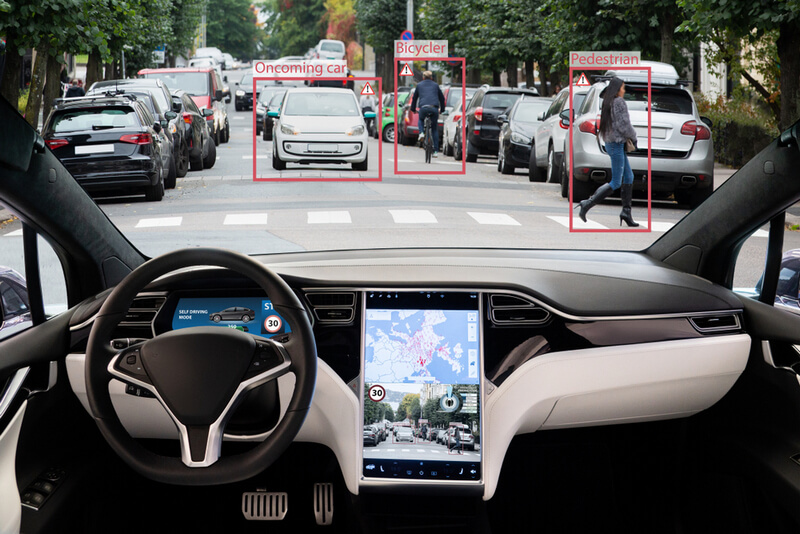
Next, there is a forward-facing radar providing information on upcoming traffic in events of low-visibility, such as heavy rain, fog or snow fog. It also bounces radar waves underneath and in front of the car to see what is ahead and apply the brakes if required. Moreover, there are twelve ultrasonic sensors serving as an additional layer of short-range protection. The car also uses them to operate the AutoPark and Summon features to 'see' how close it is to surrounding objects and obstacles.
The final piece of the system is a computer analyzing and interpreting all the data coming from the various cameras and sensors to create an image of the car’s surroundings. It does so by compiling the feeds from all eight cameras into one rendered video and combining it with information from the radar and ultrasonic sensors.
How much does the Tesla with Autopilot cost?
As we already said, all current Tesla models come with the Autopilot function at no extra costs. With it, your car can steer, speed up or brake within its lane. However, more advanced options like Navigated Autopilot, Summon or AutoPark come at a price. All these features are part of the Full Self-Driving package, which now costs an eye-watering $7,000. And you don’t get any extra hardware for this money, as all needed parts come standard on the vehicle. What you get is the software analyzing the data. It's important to keep in mind that this software is quite complex and takes extraordinary effort to develop and test, explaining the hefty price tag that comes with it.
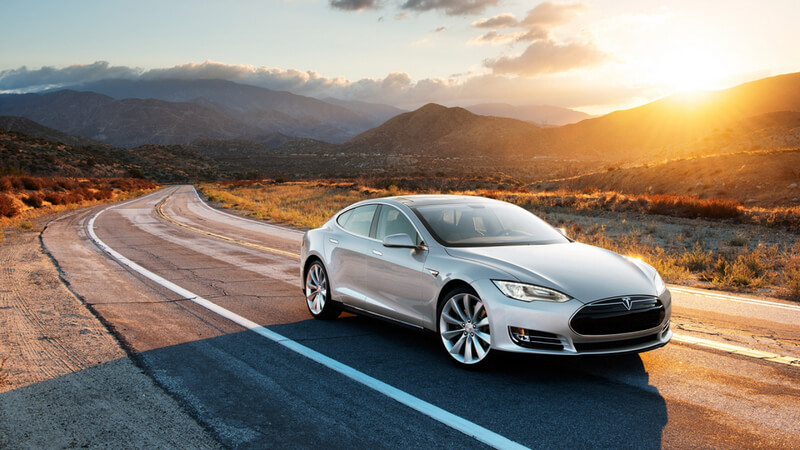
The biggest upside is the constant software updates from Tesla, bringing in new features and capabilities on a regular basis. Once the autonomous driving option will be available, all you'll have to do is download and install the latest software version to benefit from new feature releases.
Conclusion
Although being advanced and capable, cars are still unable to completely drive by themselves all the time. Still, depending on self-driving options selected, they can do a lot. For example, they can control the steering and acceleration on highways, switch lanes or make turns at junctions. Luckily, full autonomous city driving should be available soon. And the best thing is that, with Tesla, you'll always receive new software updates to keep your car in touch with the latest features available at the moment.
If you are looking for ways of charging your Tesla at home, check it here.
Find a Tesla repair and service manual here.
